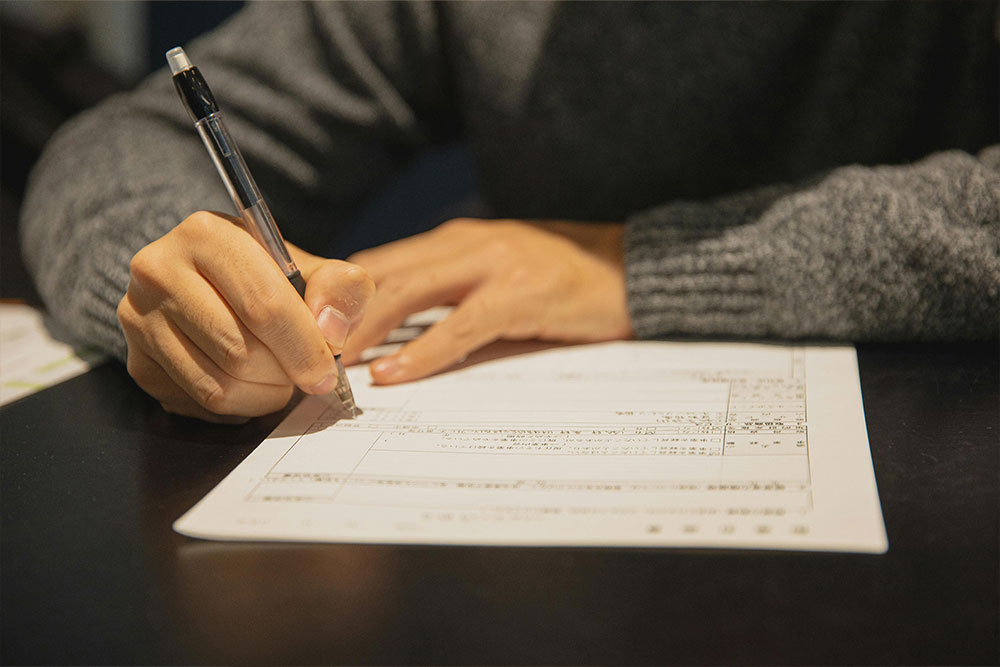Dealing with rental agreements can sometimes be tricky, especially when it is time to say goodbye to your current residence. If you’re living in the UAE and planning not to renew your lease, it is important to write a non-renewal notice to your landlord in the UAE.
In this guide, we will discuss each step of writing a non-renewal notice to your landlord so you can have a smooth and hassle-free transition.
- Why is it Crucial to Write a Non-Renewal Notice?
- Understanding Your Lease Agreement
- Steps to Write a Non-Renewal Notice
- Final Tips for a Smooth Transition

Why Is it Crucial to Write a Non-Renewal Notice?
For long-term renting in the UAE, a non-renewal notice is a formal way of informing the landlord about the decision to terminate your rental agreement.
There are many reasons why writing this notice is important. For instance, if you are ending tenancy contract early, you must let the landlord know with the notice.
Legal Requirement
First and foremost, there are many rental agreements that require a formal notice in case you decide not to renew. This clause has been put in place to protect the parties involved and ensure compliance with UAE’s local rental law.
For example, you have an Ejari registration and need to end the contract. Then, you must submit a notice and cancel Ejari as well.
Professionalism
Sending a formal notice maintains a good relationship with your landlord. This also comes in handy when you’re obtaining references for your next rental space or even considering future rentals with the same landlord.
It also reflects your reliability and respect for contractual obligations imposed by the RERA rental laws.
Clarity
A notice will set the intention clear and help avoid misunderstandings. Clear communication is key to ensuring a smooth end to your rental term without any disputes. Plus, it will put a positive impact to your rental good conduct certificate when you move to another home.
Financial Planning
Notifying your landlord timely allows them enough time to find new tenants. This can help prevent financial loss for both parties. This proactive approach can lead to more favourable terms for any final arrangements.

Understanding Your Lease Agreement
Make sure you know all the things before signing your tenancy contract. These terms help draft your non-renewal notice easily.
- Notice Period: Most lease agreements will specify a notice period. This is a time bracket within which you must inform the landlords about your decision. This is around 90 days but can vary.
- Clauses: Check if there are any clauses related to non-renewal or termination of the lease. Some agreements might specify certain penalties or procedures that need to be followed.
- Communication Method: The rental agreement may specify how the notice should be delivered (e.g., email, registered mail, or hand-delivered). Following the instructions is crucial to avoid disputes or hindrances.
- Obligations Upon Exit: Recheck the lease agreement for any details on what you need to do before vacating the property. These could highlight things such as cleaning requirements, final inspections, and returning keys.

Steps to Write a Non-Renewal Notice
Once the lease agreement is reviewed, it’s time to draft your non-renewal notice. To make sure the process becomes simpler and smoother, follow the steps below:
1. Format the Letter Properly
Use a formal letter format to make sure there’s clarity and professionalism in the document. Include information like:
- Your contact details (name, address, email, phone number)
- Landlord’s contact details
- The date
- A clear subject line: Notice of Non-Renewal of Lease Agreement
2. State Your Intent Clearly
Begin the letter by clearly stating your intention not to renew the lease. This should be one of the first points in your letter to avoid any confusion. For example:
“I am writing to formally notify you that I do not intend to renew the lease for the property located at [mention property address].”
3. Include Important Details
Make sure the document clearly mentions the property address, rental contract’s end date, and any other pertinent details to ensure clarity.
4. Provide a Reason (If You Want)
While not always necessary, you may want to include a brief reason for non-renewal. This can help your landlord understand your situation and be more considerate of the process. However, this is entirely optional.
5. Thank the Landlord
A polite way to end the notice letter is to thank the landlord and express gratitude for the duration of your tenancy. A little kindness can go a long way and helps maintain a good relationship.
6. Sign the Letter
Don’t forget to sign the letter before sending it. This adds a layer of authenticity to your notice.

Final Tips for a Smooth Transition
To make sure you have a hassle-free experience, follow these tips:
1. Plan Ahead
Take your time to draft and deliver the notice, especially if there’s a notice period involved. Planning ahead helps avoid any last-minute rush and ensures compliance with the lease terms. It also gives you time to document everything, especially with regard to any correspondence with your landlord. This documentation can be helpful in case of any disputes or misunderstandings.
2. Follow-Up
Make sure to follow up with your landlord regarding the move-out process. This could involve arranging for a final walkthrough, discussing the security deposit refund, and addressing any potential issues.
3. Leave the Property in Good Condition
Based on the conditions specified in your lease agreement, make sure your landlord has no last-minute issues on your end. Before you send the notice, make sure the property is properly cleaned and the damages are repaired. Before exiting, make sure to remove all personal belongings.
A well-maintained property will help you get your security deposit without any problem. For that, you can follow the home improvement tips and keep it well-maintained.
Writing a non-renewal notice to your landlord in the UAE is no rocket science. You must know the checklist for tenancy contract in Dubai. It’s a simple process that we’ve outlined in detail in this blog so you can ensure a professional and smooth end to your lease agreement. For more tips and tricks, follow the Property Finder blogs.